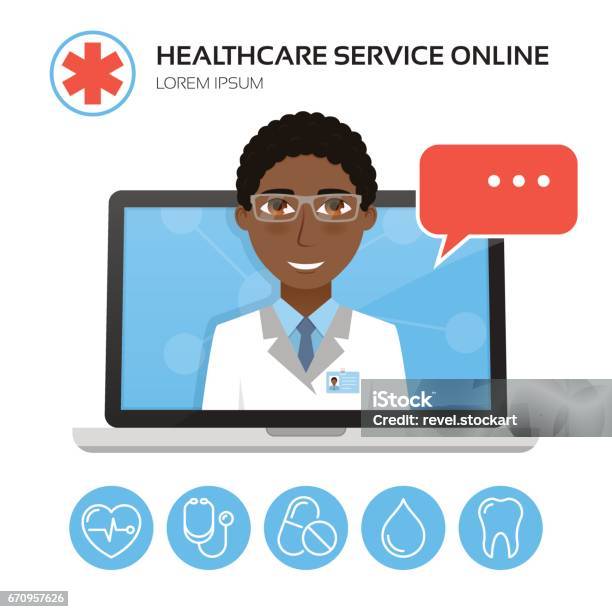Understanding the Cost-Effectiveness of Subscription-Based Health Care Models
As the health care landscape advances, subscription-based designs become a compelling option, assuring to redefine how individuals take care of medical costs. Reviewing these models' cost-effectiveness requires a nuanced contrast with traditional insurance coverage, taking into consideration both financial ramifications and person complete satisfaction. While they offer transparency and predictability in expenses, inquiries remain about their capability to satisfy varied medical care needs, particularly for specialized therapies. The viewpoints of medical care companies additionally complicate this formula, offering a multifaceted challenge. What does the future hold for these designs, and can they genuinely provide on their pledge of obtainable, cost effective treatment?
Review of Subscription-Based Versions
Subscription-based health care designs, in some cases referred to as straight medical care or concierge medicine, are progressively acquiring interest as a prospective service to inefficiencies within standard medical care systems. These designs operate on the principle of offering people straight access to healthcare providers via a month-to-month or annual fee, bypassing the demand for standard insurance coverage systems. This arrangement intends to improve patient-provider interactions by minimizing administrative worries, which usually impede prompt and individualized care.
At the core of subscription-based versions is the emphasis on an extra customized person experience. Clients take advantage of improved accessibility to their doctors, usually including next-day or same-day appointments, expanded assessment times, and straight interaction channels such as phone or video clip calls. This design cultivates a proactive technique to healthcare, where companies and patients can collaboratively concentrate on preventative treatment and persistent disease administration.

Price Contrast With Traditional Insurance Coverage

One of the primary financial advantages of subscription designs is transparency in expenses. Clients pay a predictable charge, which can streamline budgeting and monetary planning. Furthermore, these designs normally remove co-pays and deductibles for protected solutions, minimizing out-of-pocket costs. On the other hand, standard insurance coverage might be a lot more beneficial for individuals requiring specialized care or expensive therapies not covered under a registration design, as they benefit from the wider coverage network and cost-sharing mechanisms.
Nevertheless, cost-effectiveness is context-dependent. While subscription versions might supply cost savings for those primarily needing health care, people with chronic problems or specialized healthcare requirements might discover traditional insurance coverage more detailed. Assessing details healthcare demands and prospective use is essential in figuring out the most cost-efficient option for individuals.
Effect On Person Complete Satisfaction
Person contentment within subscription-based medical care versions often mirrors a substantial renovation over conventional insurance systems. Unlike conventional systems, where clients might experience hold-ups in obtaining treatment, subscription-based models ensure even more prompt and straight interactions with healthcare providers.
In addition, the openness in costs connected with subscription-based healthcare relieves the usual disappointments related to unexpected charges and complex payment processes seen in traditional insurance policy (subscription based healthcare). Individuals appreciate understanding the exact economic commitment upfront, bring about boosted trust and self-confidence in their healthcare monitoring
Additionally, the focus have a peek at these guys on preventive treatment and wellness in membership models adds to improved health and wellness outcomes, additionally boosting client contentment. By focusing on recurring health care instead than episodic treatment, people experience a more constant and all natural healthcare journey.
Moreover, the learn this here now enhanced provider-patient connection promoted in these versions, characterized by more time invested per person and customized interest, plays a critical role in raising individual contentment levels, as clients really feel truly looked after and understood.
Company Viewpoints and Experiences
From the provider's viewpoint, subscription-based health care designs use a transformative strategy to supplying clinical solutions. These models emphasize a preventative and proactive healthcare technique, enabling companies to concentrate on detailed individual treatment without the restrictions of standard fee-for-service plans (subscription based healthcare). This change in focus typically leads to enhanced client outcomes and increased service provider complete satisfaction, as healthcare professionals can allocate even more time and sources to individual interaction and personalized treatment strategies
Moreover, membership models promote foreseeable profits streams, which enhance financial security for doctor. This predictability permits enhanced resource preparation and allowance, contributing to an extra reliable health care delivery system. Carriers can buy staff infrastructure, training, and modern technology enhancements, thereby boosting the quality of treatment provided.
Nonetheless, the transition to subscription-based versions is not without challenges. Carriers need to adjust to new functional frameworks, which can entail significant adjustments in invoicing methods and individual management systems. In addition, there is an intrinsic requirement for durable data monitoring to track client end Learn More results and guarantee top quality treatment. Despite these difficulties, many suppliers find that the benefits of boosted client communication and structured operations exceed the preliminary obstacles, making subscription-based models an appealing choice.
Future Leads and Difficulties

A main challenge is regulatory conformity, as registration designs should follow advancing health care policies and insurance needs. This demands constant adaptation and technology to make sure alignment with lawful requirements. Additionally, incorporating these models right into existing health care infrastructures can be complicated, needing significant financial investments in technology and training.
There is also the possible danger of developing inequities in medical care gain access to, as subscription designs could favor those who can manage them, leaving susceptible populaces underserved. Addressing this needs thoughtful consideration of prices strategies and subsidy devices to guarantee inclusivity.
Verdict
Subscription-based healthcare models present a practical option to typical insurance by offering financial predictability and transparency, particularly benefiting individuals with chronic conditions or frequent healthcare needs. The cost-effectiveness of these models is contingent upon individual medical care use patterns and situations.
Subscription-based healthcare models, sometimes referred to as direct primary treatment or attendant medication, are progressively acquiring attention as a potential solution to inefficiencies within typical health care systems. Unlike conventional systems, where clients might experience hold-ups in obtaining care, subscription-based models ensure even more timely and straight interactions with healthcare suppliers.
These designs emphasize a preventative and aggressive health care technique, permitting carriers to concentrate on extensive patient treatment without the constraints of typical fee-for-service setups. As these models continue to obtain traction, they offer the possible to transform patient accessibility to care, streamline solution delivery, and maximize health care investing.Subscription-based health care models provide a sensible alternative to traditional insurance coverage by providing economic predictability and transparency, specifically benefiting individuals with persistent conditions or constant health care needs.